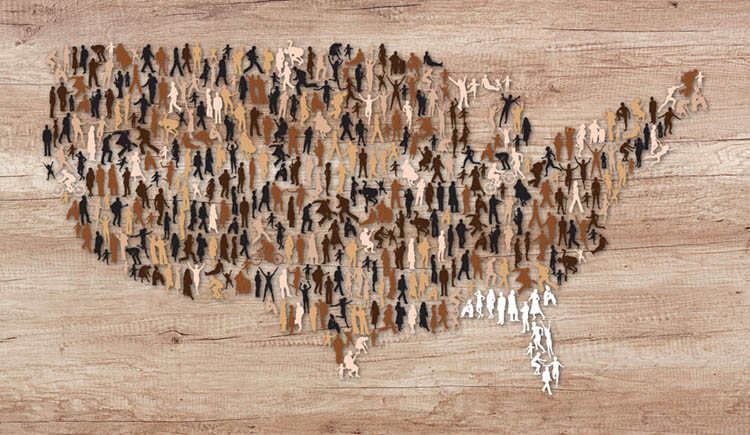Taking The Patent Leap: Invention Information An Entrepreneur Needs | Dunlap Bennett & Ludwig PLLC
A great idea can get an entrepreneur started down an exciting business path. If you have an invention, you can consult a patent practitioner, i.e., a patent attorney or a patent agent, to help decide whether to apply for a patent. Your practitioner will need some information from you first.
What can be patented?
An invention can be an article (product), a process (method), a composition (e.g. a chemical compound or blend of ingredients), or an apparatus (machine). A utility patent application can include combinations of these types of inventions. Your invention can be an improvement on an existing product, process, composition, or machine. Some things can’t be patented, like a natural product or abstract idea.
Person Information
You’ll need to tell your practitioner who is involved with the patent.
- Who are the inventors?
- Where do they live?
- What’s their mailing address?
- Are they nationals of a country other than the United States?
- Is a company going to own intellectual property? If so, you’ll need to provide the name and address of the company. You’ll also have to assign the inventors’ rights to the company.
I’m just getting started. Do I have to wait until my product is ready to file an application?
No, you can file a provisional application, which holds your filing date for 12 months while you work out details. Check out this blog about provisional applications:
I have been fine-tuning my invention for a while and I’m ready to apply.
Have you ever made your invention public (e.g., a convention or Instagram) or offered it for sale? If you have done either of these, you must have a patent application on file at the United States Patent and Trademark Office (USPTO) within 1 year of when you started.
Have you made a prototype, produced a sample, or run a process? Your practitioner will need to know where the invention was made.
Do I need to include a drawing?
Most patent applications need some type of drawing. Your practitioner can have formal line drawings prepared from sketches or photos if necessary.
A design patent application is limited to the ornamental appearance of an article; drawings are an essential part of the application.
The drawings for a utility application should answer the following questions.
- What does your article look like? Your composition may also have a microscopic structure that can be displayed in a drawing or photomicrograph.
- What parts does your apparatus include?
- What equipment is included in your system?
- What steps does your process include? A flowchart may be necessary.
- Do you have experimental results showing how your composition works? A graph may be appropriate.
How do I describe the invention?
You can start with what drove you to conceive of the invention. What problem does it solve? Do current solutions not work or are they missing something your invention adds?
Describe the structure of an article, an apparatus, a composition, or the result of a method. Describe the function of your invention. What is your invention made of? How is it made? How is it used?
Amounts, or ranges of amounts, can be very helpful. Is there a measurement proportion that is important to how your invention functions? Do you get better results within a set of process conditions?
Think ahead and consider how your competitors might try to get around your patent. Are there any variations you’ve considered? Are there optional components, ingredients, or steps? Can the system be arranged in a different configuration? Can your method steps be performed in a different order?
My invention is software. Can I just provide screenshots of my app?
You’ll need to describe the back end of the system. If it includes a server, what steps does the server perform? What data does it receive, what analysis does it perform, and what result does it produce? Does the software operate on a specific type of hardware or is it useful on any computer?
I want to include the name of my product in my patent.
A patent won’t protect the name.
I want to sell my invention in the United States and other countries.
Talk to your practitioner about how and when to apply for patent protection in those countries. See for more information.
What else do I need to mention?
Your practitioner needs to know if you are aware of anything similar to your invention that is already available to the public. It doesn’t matter if it is something that was never made or if it is an expired patent.
[View source.]





